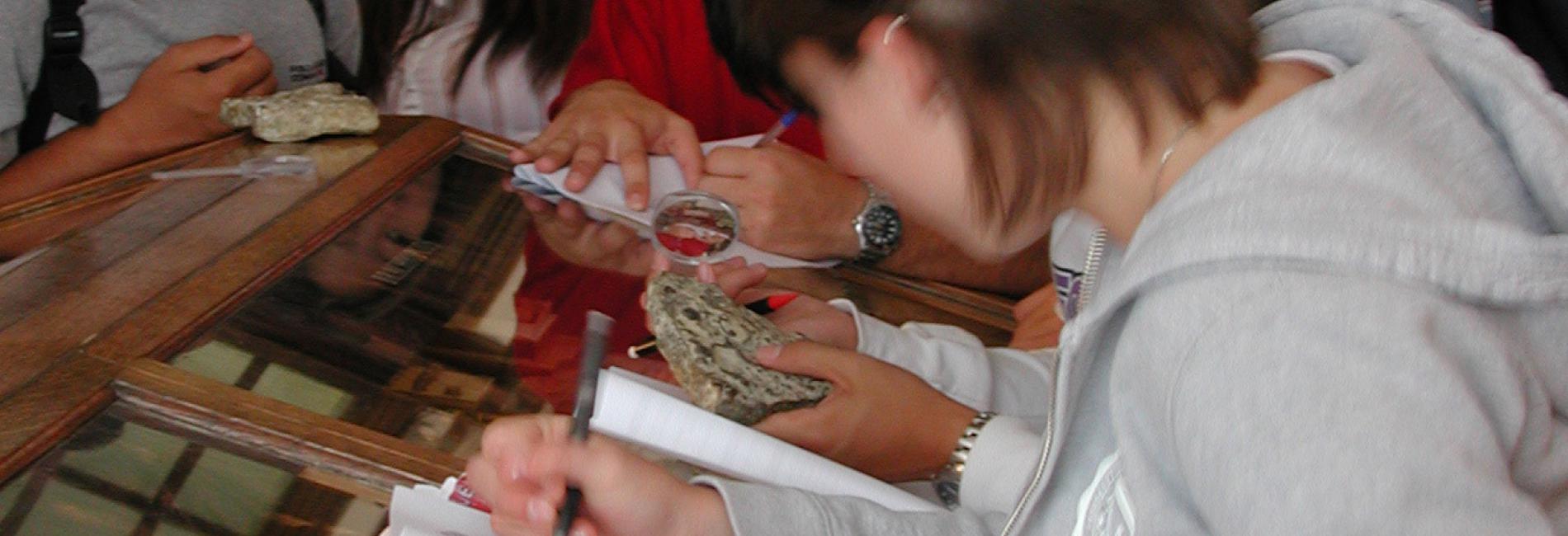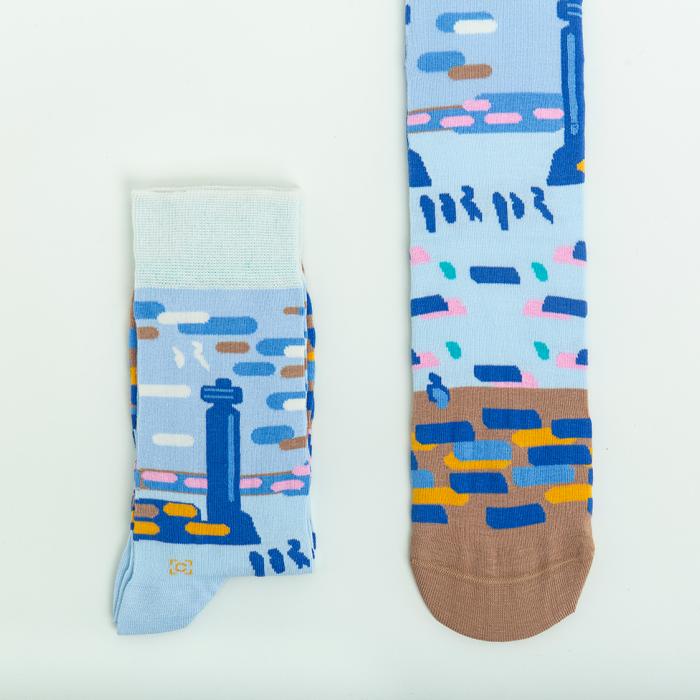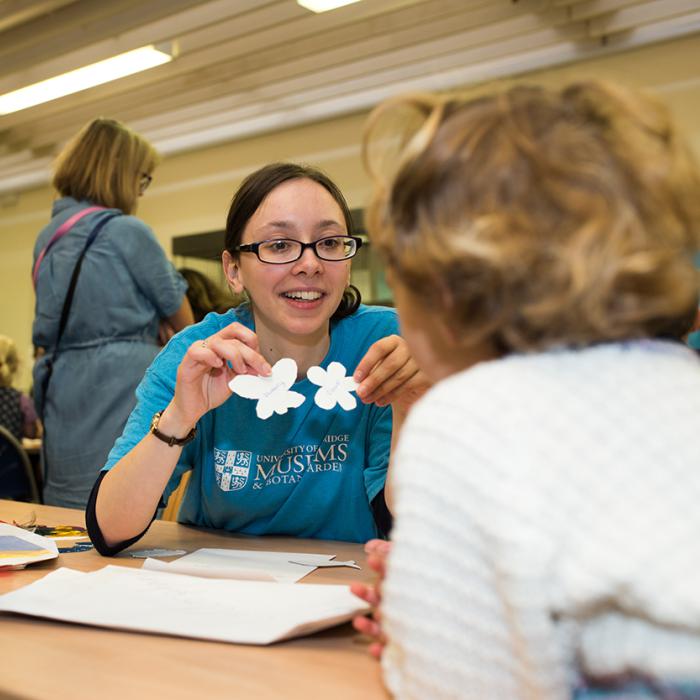Information
We offer facilitated workshops and self-led visits. There is no charge for our school sessions, but we welcome donations to support the Museum learning programme (recommended donation of £3 per child). Get in touch with the Museum Education Coordinator to discus your visit museumeducation@esc.cam.ac.uk
Self-led visits
Led by you, available all day Monday – Friday during term time.
Facilitated workshops
Facilitated 1.5hr workshop led by the Museum Educator, available Tuesday – Thursday mornings during term time. Each workshop supports the National Curriculum, encourages close observation of objects, includes hands-on activities and plenty of time to explore the Museum.
Groups with special edicational needs
Our facilitated workshops combine hands-on activities with gallery exploration, and are great for students with a variety of learning styles. Contact our Education Coordinator to discuss the content of your session, access needs and any other details that may be useful in helping your students make the most of their visit museumeducation@esc.cam.ac.uk
Dinosaur Early Years and KS1
Discover the Museum’s dinosaurs. In the first part of this session, we’ll hunt for biggest teeth we can find in the museum, compare herbivorous and carnivorous dinosaur teeth, and find how many people can fit in a T. rex footprint. In the second part of the session, we’ll find out more about the museum’s Iguanodon and T. rex fossils.
Discovering Fossils KS1 and KS2
What is a fossil? We’ll explore the Museum’s fossil collection and find out how we use fossils to investigate life in the past. We’ll learn about how a creature becomes fossilised and about how past life can be reconstructed from fossil evidence. Through a variety of handling objects, we’ll learn how to distinguish a fossil from a recent object.
Living things and their habitats, Rocks and the Rock Cycle, Evolution and Inheritance
Uncovering ancient Dorset with Mary Anning KS1 and KS2
Mary was not just a fossil hunter; she was a brilliant scientist and a savvy businesswoman. She searched the cliffs of Lyme Regis, selling fossils to support her family. Her discoveries shaped palaeontology. In this hands-on workshop, we’ll explore how careful observation of fossils—just like Mary did—can help us answer questions about prehistoric creatures. We’ll learn how they lived, moved, and what Dorset looked like 140 million years ago.
Significant historical and scientific figure, living things and their habitats, working scientifically.
Under your feet KS1 and KS2
How do rocks form and what are they made of? In the first part of this session, we’ll find out how a rock from the top of Mount Everest and earthquake data helped us to understand plate tectonics. We’ll investigate the three rock ‘families’ and find out where they fit in the rock cycle. In the second half, we’ll get hands-on comparing and grouping igneous, sedimentary, and metamorphic rocks using their appearance and physical properties.
Rocks and the Rock Cycle, working scientifically
What’s so important about flint? KS2
Would humans be where we are today without flint? We’ll start the session by understanding the difference between archaeological and geological time, and find out what Cambridge was like 90 million years ago. In the second half of the session, we’ll explore how the properties of igneous, sedimentary, and metamorphic rocks make them useful building stones, and by looking at how flint formed we’ll discover the properties that made it so important to early humans. .
Working scientifically, uses of everyday material, Rocks and the Rock Cycle, Stone Age to Iron Age.
Evolution in Time KS3
In the first half of this session, we’ll discover how old our planet is and what fossil evidence we have for the first life on Earth. We’ll hear how 17th century natural philosophers interpreted fossils and how understanding deep time helps us to understand the process of evolution.
In the second half of the session, we’ll use fossil evidence to see how horses adapted to a changing environment and how that change was driven by geological processes.
Living things and their habitats, Evolution and inheritance
The Changing Climate of Cambridge KS4
This interactive discussion uses the museum's collection to show how fossils from Cambridge provide evidence of local climate change over the past 120,000 years. We will examine how the last glaciation reshaped Cambridgeshire's geography. We will also consider how studying past extinction events helps us understand the current climate emergency. Drawing on examples from the Department of Earth Sciences at the University of Cambridge, we will ask: Who are climate scientists, and what do they study? A shorter version of this session works well for School Liaison and outreach groups.
Human and physical geography, Earth and atmospheric science.


